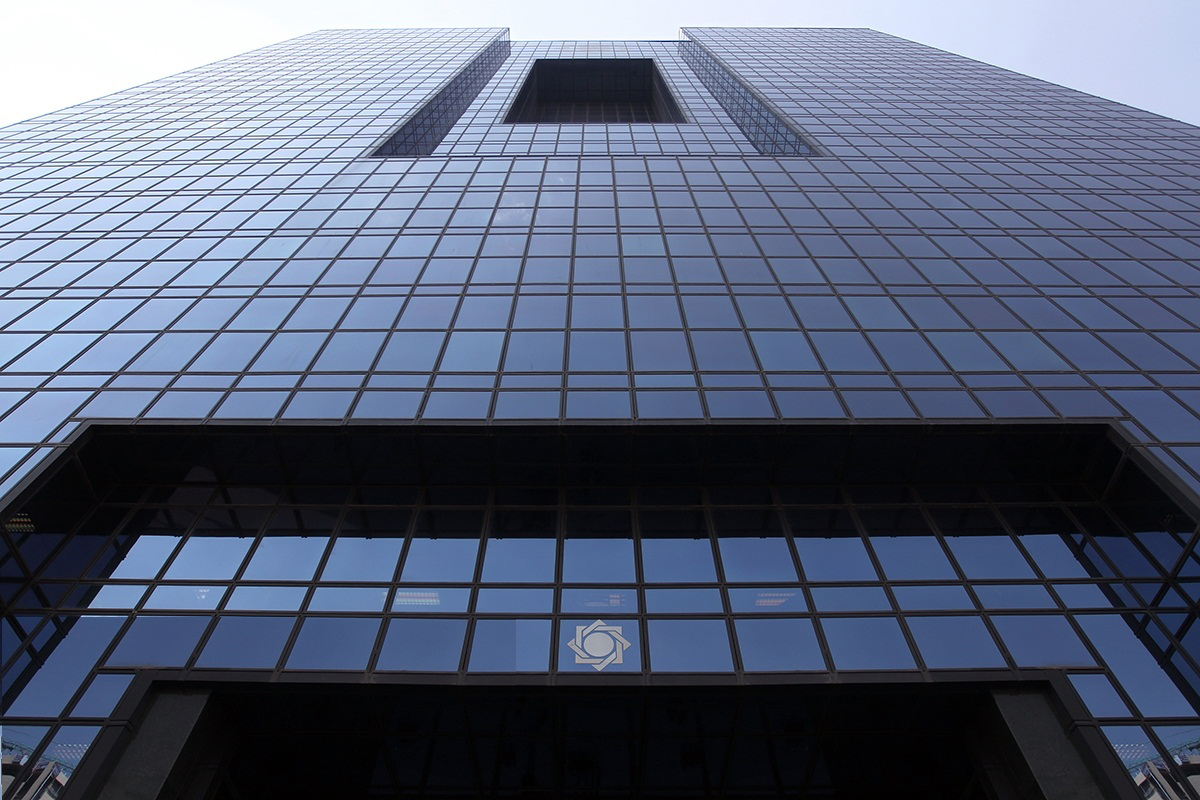The Central Bank of Iran has published a report detailing the achievements of the country’s nuclear accord with world powers in the banking and monetary sectors, as the country marks the first anniversary of the implementation of the landmark deal.
The document indicates that since imports constitute a significant share of the country’s balance of payments, banking sanctions had derailed the course of imports due to payment disruptions “in a way that the main mechanism of payments in foreign trade changed to payment orders from letters of credit”, Dolat.ir reported.
Iran’s nuclear accord, formally known as the Joint Comprehensive Plan of Action, was reached in Vienna on 14 July 2015 between Iran and six world powers. The accord, which placed time-bound constraints on Tehran’s nuclear activities in return for sanctions relief, came into force on January 16, 2016.
The central bank report notes that from the day until 22 December, 13,995 letters of credit worth $12.8 million were opened.
“After the implementation of JCPOA, access to the country’s foreign exchange reserves was eased and a majority of the assets of the central bank outside the country were released,” reads the report.
“After the deal was implemented, more than $9.9 billion of the central bank’s frozen oil money were released and repatriated from the UAE, Britain, India, Greece, Italy and Norway.”
The bank adds that after the adoption of the interim agreement, $12 billion of its blocked assets were freed from Japan, South Korea and India in the form of installments.
The CBI points out that to safeguard the foreign exchange income resulted from the oil and gas sales, 281 foreign exchange accounts were opened during 2008- 10 mostly in European countries.
Countries receiving Iranian energy exports were bound by US sanctions to keep the oil revenues in their banks and refrain from transferring them to other nations.
“As a result of this embargo, oil revenues were strictly used to facilitate legitimate trade between Iran and those countries,” the report said.
Banking Ties
During sanctions and from 2012 to 2014, notes CBI, it had 46 accounts in local currencies with banks in China, Russia, India and South Korea.
After the sanctions and at the beginning of 2016, the bank reports success in opening 40 accounts with European and Asian counterparts, including the central banks of Italy, Austria and Japan, and commercial banks of Austria, Switzerland, Belgium, Spain, India, South Korea, China, Turkey and Russia through which “currency transfers are underway”.
CBI refers to the establishment of correspondent banking relations as necessary for conducting business and trade collaborations on the international scale. With sanctions against oil imports from Iran and the severance of ties between Iranian banks and international banks and credit institutions, “the nature of sanctions changed and turned from targeted sanctions into an economic war”.
To put matters into perspective, the central bank notes that before the sanctions and in 2006, 633 banks had correspondent relations with Iran, a number that drastically reduced to 50 before the JCPOA and in 2014.
“Fortunately, the trend is improving with the removal of sanctions and to this day, the number of international banks that have correspondent relations with our country has risen to 238,” it said.
CBI also reports that the international branches of Iranian banks have been activated, “in a way that the Europaisch-Iranische Handelsbank in Germany, Persia International Bank in the UK and a number of Iranian bank branches in Germany, France and Italy were reconnected to TARGET 2”.
TARGET 2 is a payment system owned and operated by the Eurosystem. It is the leading European platform for processing large-value payments and is used by both central banks and commercial banks to process payments in euro in real time.
The report details the amount of Iranian assets that were released as a result of the negotiations. As part of the Geneva interim agreement, which was signed in November 2013 and its two subsequent extensions, a total of $11.2 billion of Iranian assets were freed with the amount reaching $30 billion since the agreement’s implementation.
During the implementation of JCPOA, a further $1.4 billion and after its implementation, “at least $30 billion” were released.


